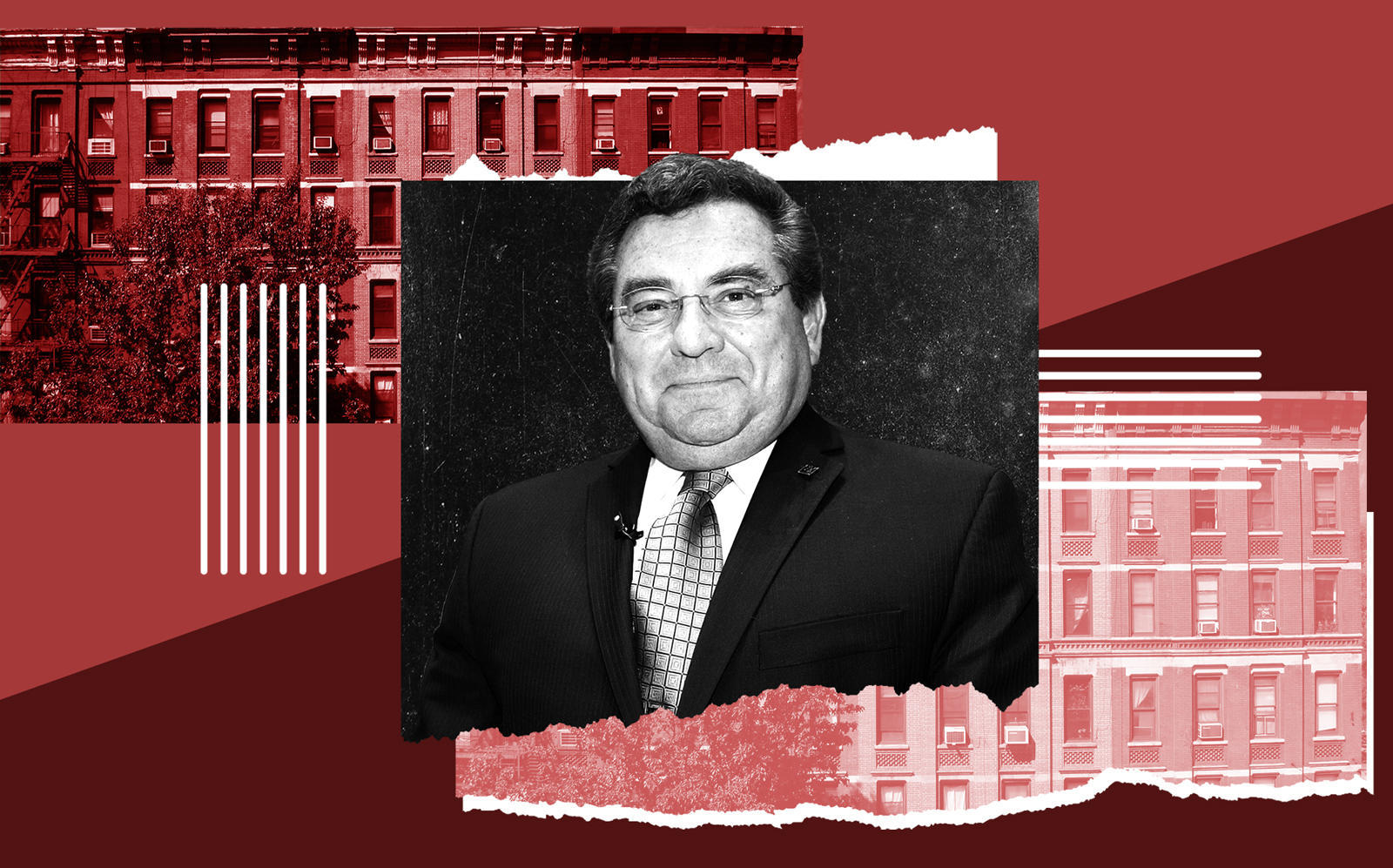 The rent law, one year later: “No upside, no opportunity”
The rent law, one year later: “No upside, no opportunity”
Trending
NYC’s largest multifamily lender says rent collections are at pre-pandemic levels
NYCB execs say apartment vacancy rate is low; share price down 31 percent this year

New York City’s largest multifamily lender said rent collections in its loan portfolio have returned to pre-pandemic levels and the vacancy rate less than 3 percent — but investors remain wary.
New York Community Bank reported 5 percent revenue growth in the third quarter, to $295 million. The bank said that 95 percent of the $3.1 billion in loan deferrals that were eligible to come out of forbearance have started paying again. Another $3.1 billion in loans are still in deferral, but most are scheduled to start paying again in November, said the bank’s president, Joseph Ficalora.
“Given October’s strong payment performance, we remain confident about deferral payment trends through the remainder of the year,” Ficalora said.
The bank’s shares, however, have declined 31 percent since the beginning of the year. It holds $32.1 billion in multifamily loans — three quarters of its $42.8 billion loan portfolio — and is the go-to lender in the city’s rent-regulated market, where most of its multifamily loans are concentrated.
Read more
 The rent law, one year later: “No upside, no opportunity”
The rent law, one year later: “No upside, no opportunity”
 Community banks put on brave face after rent-reg market woes
Community banks put on brave face after rent-reg market woes
 New York Community Bank doubles down on multifamily lending
New York Community Bank doubles down on multifamily lending
The past year saw not only the aftermath of the new state rent law — which NYCB has noted could impair the value of those properties — but an unforeseen period of economic uncertainty that’s severely impacted the city.
The bank noted in its annual SEC filing that buildings with a greater share of rent-regulated apartments are “less likely to experience vacancies in times of economic adversity,” because they are more affordable to live in.
That has so far held true, according to NYCB, which reported in its earnings call that less than 3 percent of its rent-regulated apartments are vacant. That may come as a surprise to landlord groups, which have said that those units are languishing due to the pandemic and the high cost of repairs.
Should things go south with NYCB’s borrowers’ ability to pay — which Ficalora insisted is unlikely, given the relative security of multifamily compared to sectors like hotels and retail — the bank has beefed up its reserves significantly.
Its provision for credit losses in September 2020 grew 172 percent year-over-year, to $13 million for the quarter. For the year so far, the bank’s provision for credit losses has grown a whopping 847 percent compared to the same period last year, to $51.1 million. Ficalora said the reserves were due to a new credit loss accounting standard.
“There’s no reason to look to our history and suggest that those losses will ever be realized, said Ficalora. “Yes, there are nuances and there’s a difference with regards to some of the properties we have — but still, the likelihood that we would realize these massive amounts of charges is highly improbable.”




